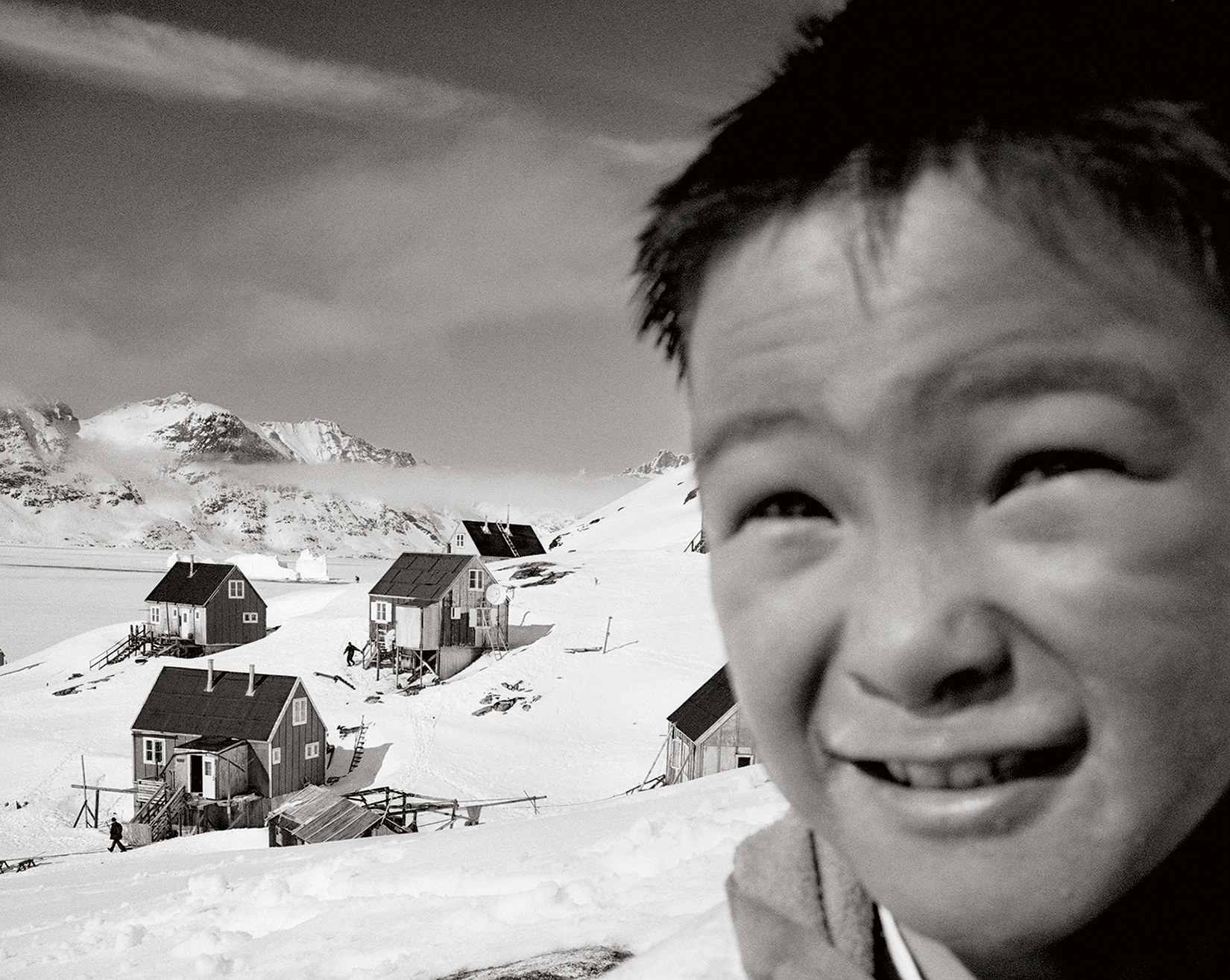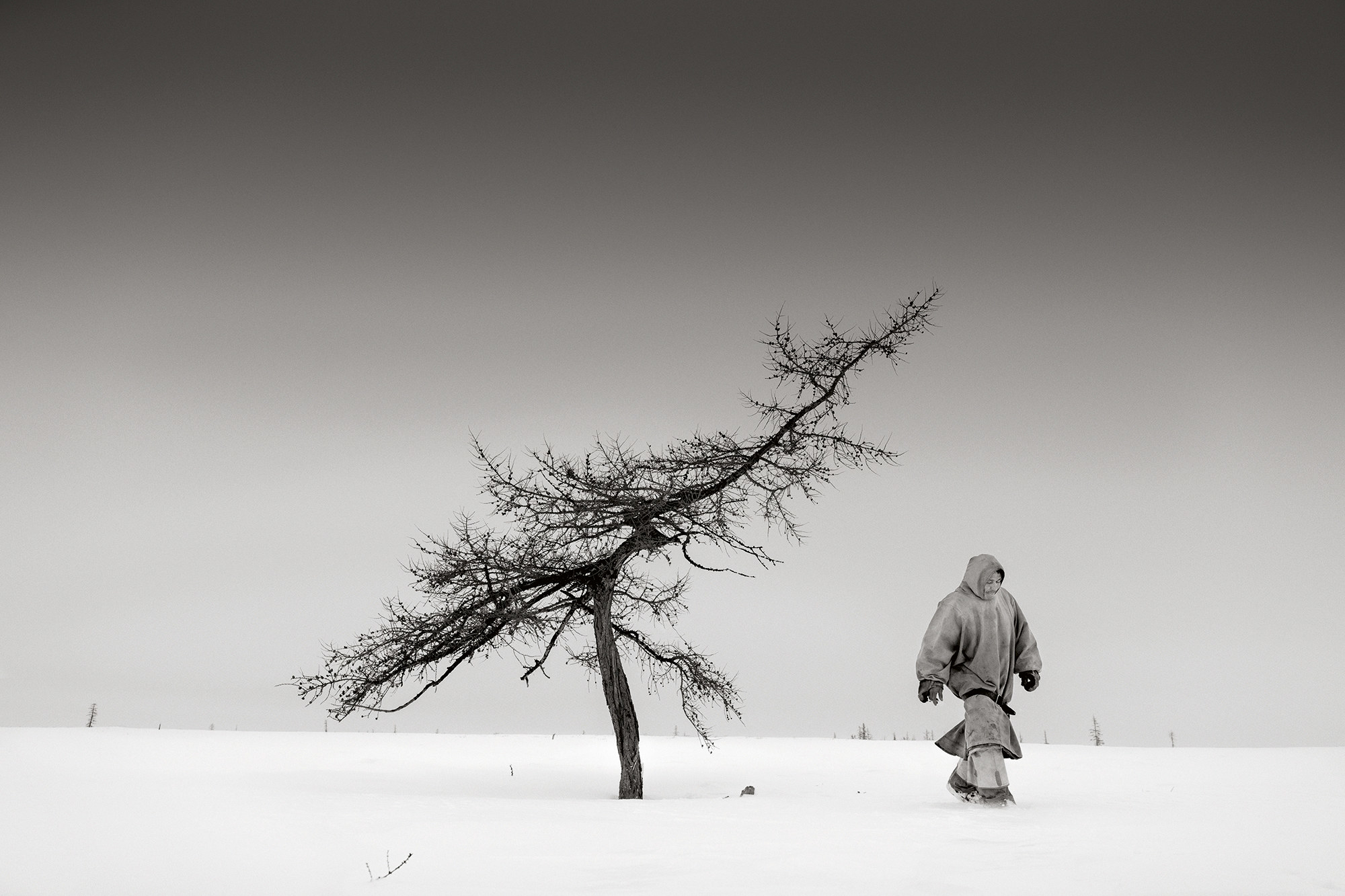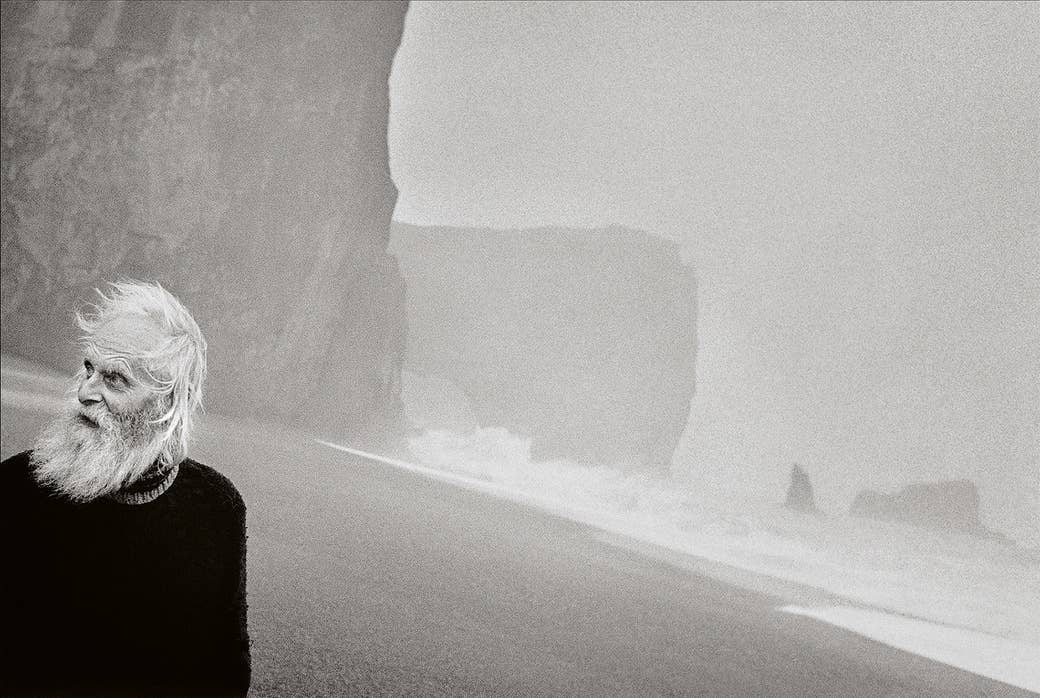
I fear the end of the snow. I know plenty of people who would rather never see a flake again, especially after being pummeled by a winter storm, but to me, snow is reassuring, a sign that the planet still has a sense of ecological balance. Also, it's pretty and fun to play in — you can't say the same about high humidity.
If (when?) the time comes when snow is just a memory, Ragnar Axelsson's newest book will be a good reminder of what it was like to be cold. The Icelandic photographer has been documenting the Arctic for much of the last 40 years, a time that has seen unprecedented changes to the region. His images give insight into the resilience and toughness required to live in a place that is frozen and dark for much of the year, and the beauty that can go along with an unforgiving environment.
"We get used to the darkness in the winter, and the bright summers and all kinds of weather. It makes you kind of crazy," Axelsson said. "I enjoy trying to see in people's faces and characters; I see strong, tough people."
Where the World Is Melting is a summary of earlier works that also serves as a time capsule of what winter can really be like. His images document storms, glaciers, and thousand-year-old traditions, many of which may disappear as communities lose the sea ice. We spoke with Axelsson by phone as he prepared to head to Siberia for a winter road trip in continuation of this project.
Can you talk a little bit about how things have changed over the last 40 years and why you chose the title Where the World Is Melting for this book?
All the places I travel to in the Arctic, countries are melting, like the glaciers in Iceland and Greenland, Siberia. It is the reason for the name. Those are words that make people think, people who don't know much about life in the Arctic countries, and it is happening.
When I started photographing, I was reading about the great explorers that went to the North Pole and Greenland and all that. As a young boy, it was exciting reading. I grew up underneath the glacier, and I saw it melt away; it's melting very fast.
I flew a lot with my friends who were flying ambulance flights, and we went to Greenland a few times to pick up people that got sick. I started going with the hunters out on the sea ice and got permission to go and travel with them, sleeping [in] tents and small cabins on the coast. The ice was pretty safe — then it was very cold. I wasn't thinking about any changes in the climate. I was freezing all the time. I was just trying to get good photographs that I was interested in taking.
Three, four years later, there was an old hunter in Greenland; he was always looking up in the air and saying something when I passed his house. I didn't understand what he's saying, so I asked a teacher to translate, and he said, “There's something wrong. It shouldn't be like this. The big ice is sick.” He was talking about the big glacier, and the changes in the climate that I didn't know anything about. He knew — he was an old man, and he sensed that there was something going wrong.
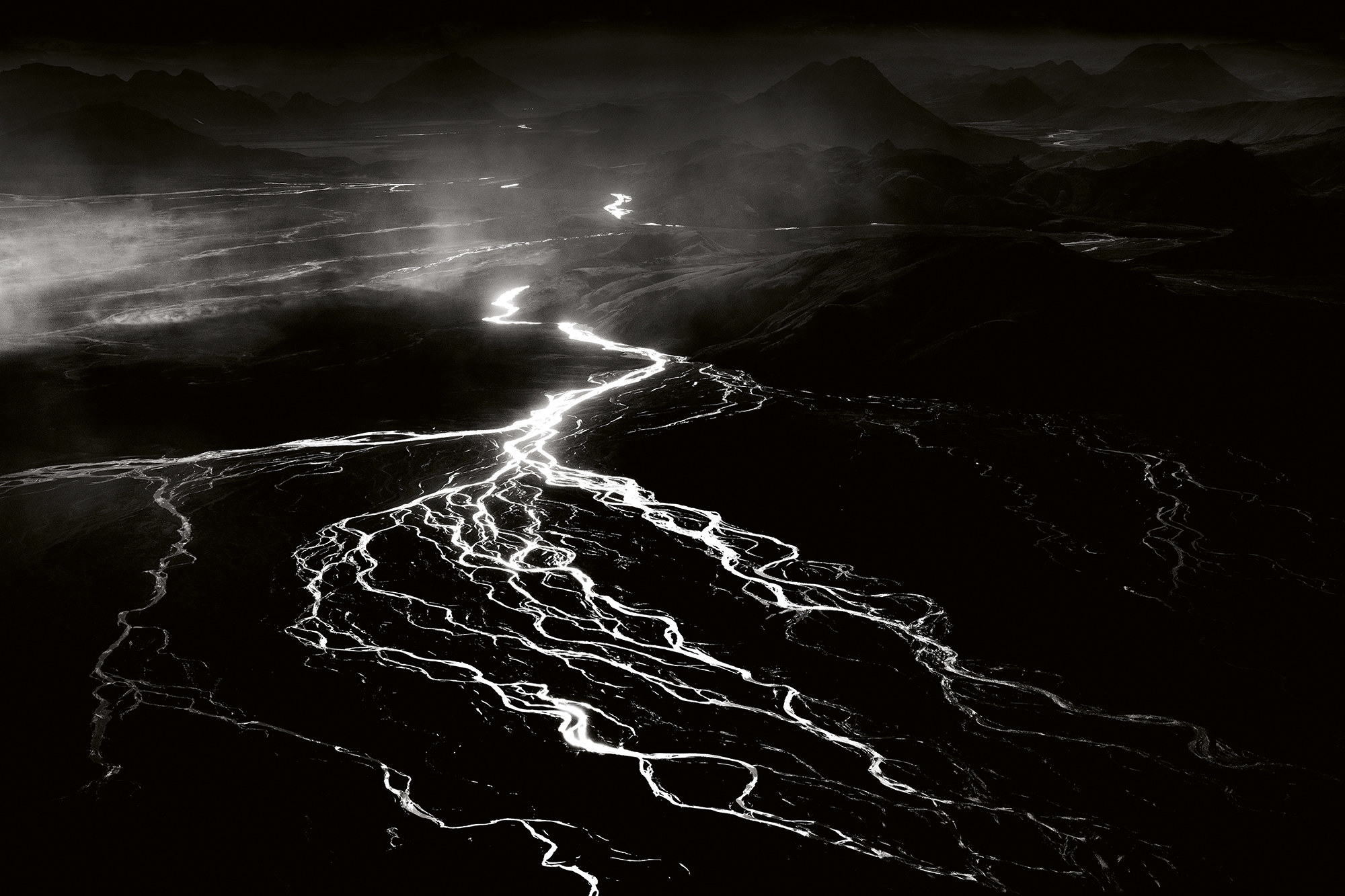
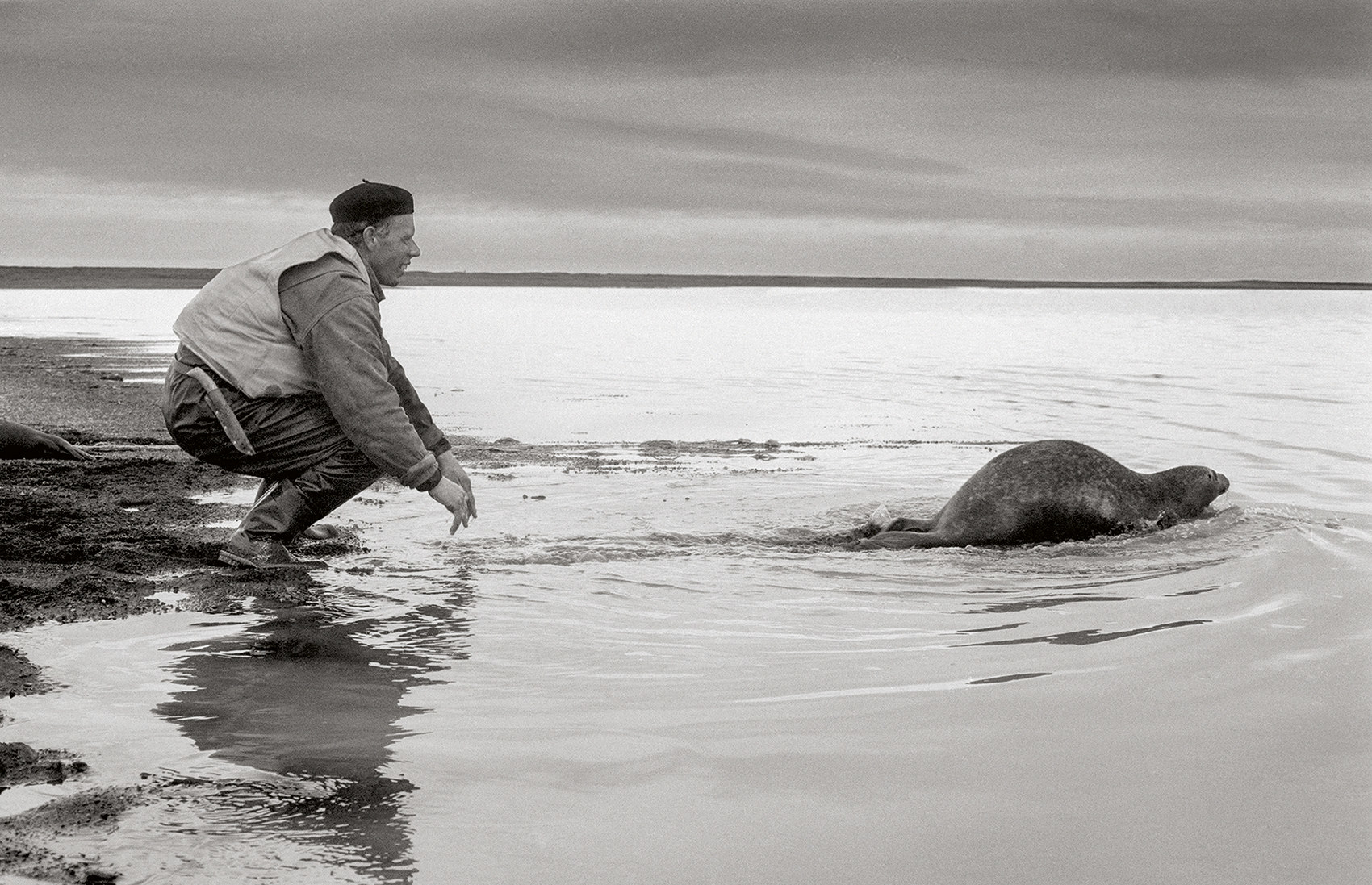
Later on, I started puzzling a little bit about it. You can see it in the pictures. The ice started to be more and more vulnerable.
My friend called me three days ago from Greenland and said, “I can't go out on the sea ice. It's so thin.” It used to be thick, so he could go hunting to support his family and catch seals for the dogs. That is something that worries them a lot. There used to be 30,000 dogs some 10 years ago, and now there are about 11,000 dogs. A lot of changes are going on that I tried to capture.
I'm going to all eight Arctic countries now and trying to make a journey through all of them, photographing life and people in their environment, and I'm writing down their worries and their thoughts.
Can you talk more about the dogs and how they play into this community?
They are the heroes in the Arctic; they took men to the North Pole and to the South Pole. The Greenland sled dog — which is a special breed, one of the oldest breeds in the world — they're best friends when you're out on the seas; they never fail. They take you back home when everything is over and in the storms.
We look at dogs just as a dog, but I mean, there's stories that hunters told that were beautiful. They were like a movie to me. And they were shy to tell it; I had to drag it out of them sometimes.
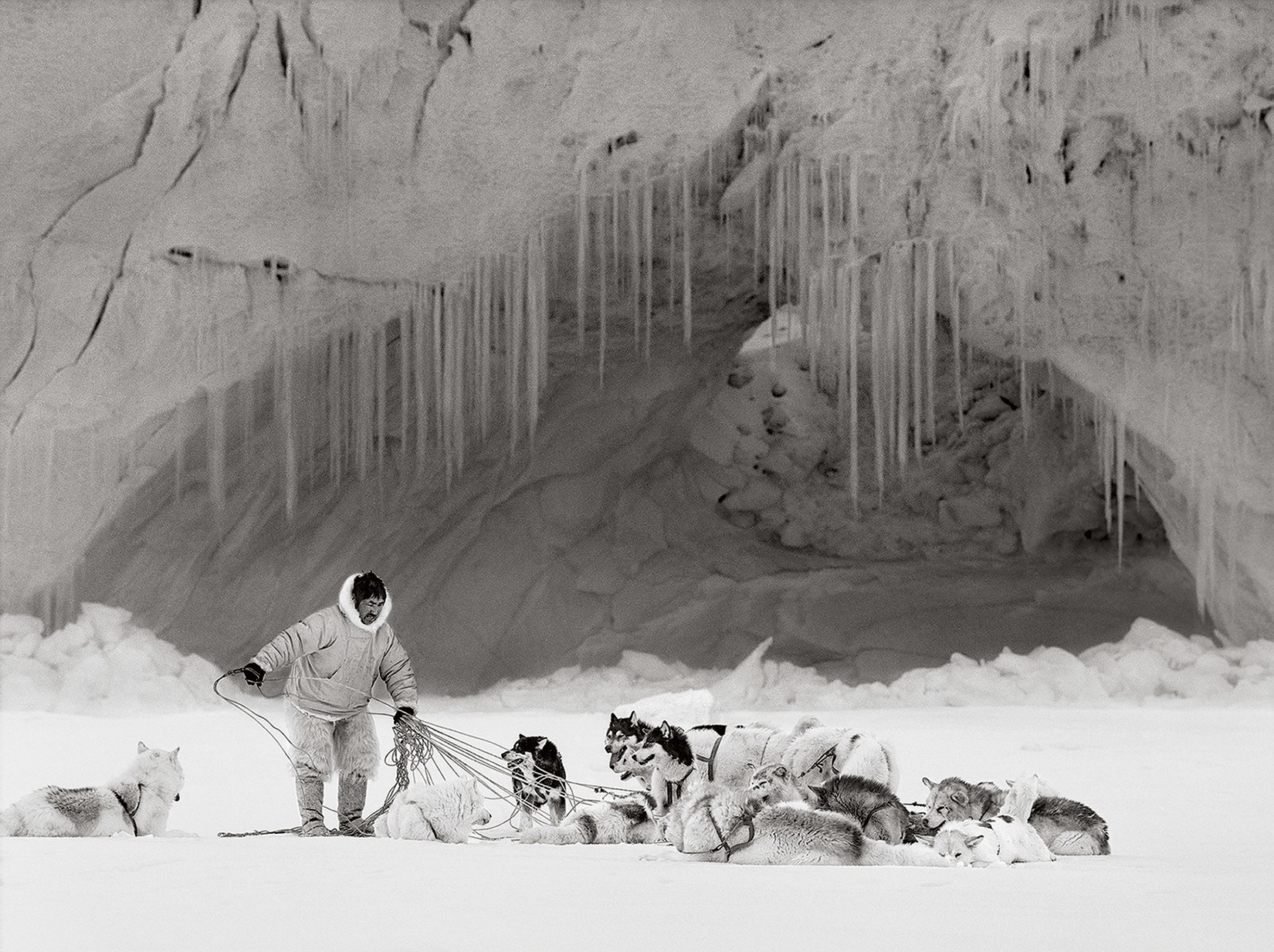
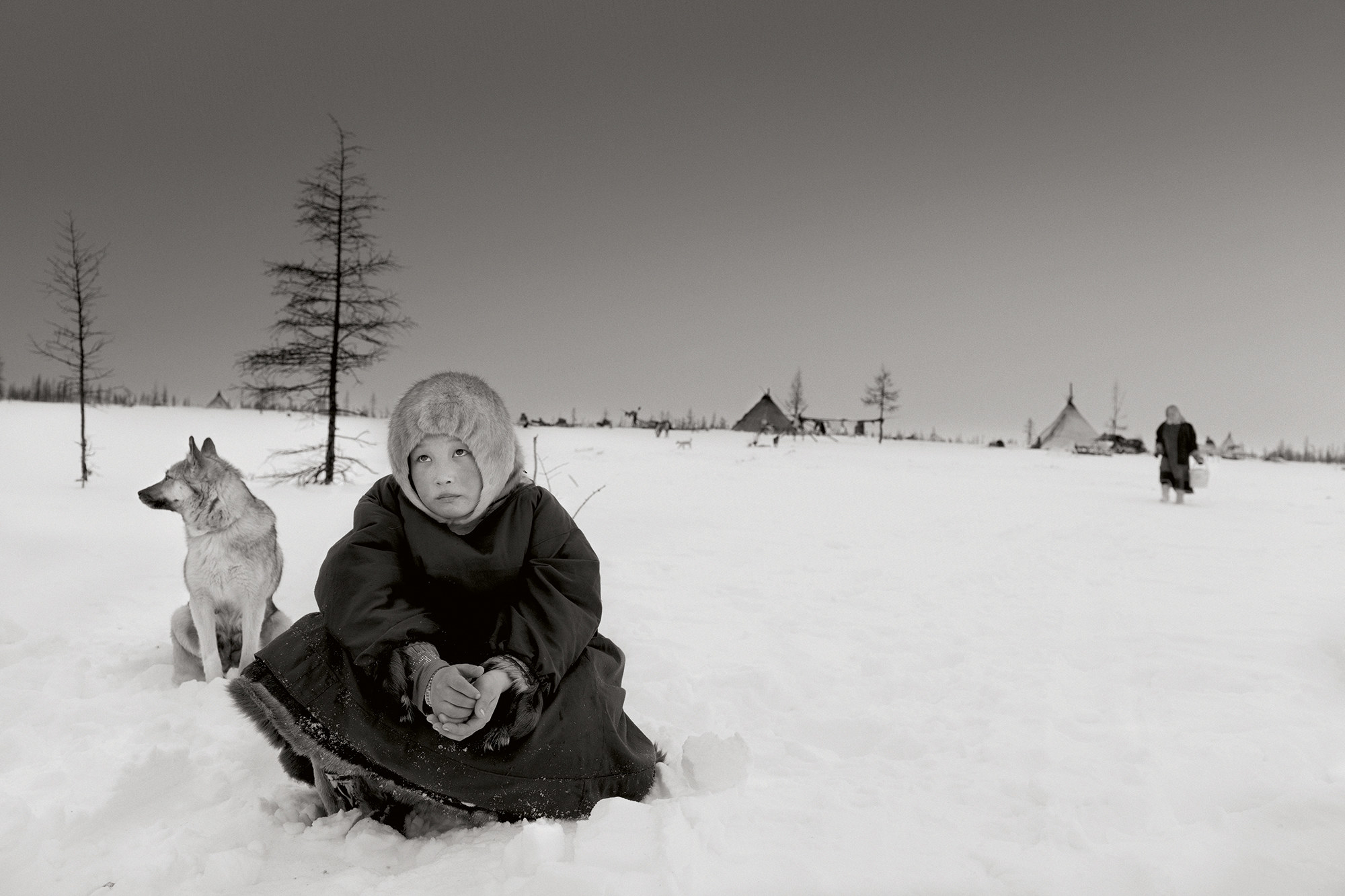
What are the people whom you've photographed most afraid of losing?
Scientists tell me that the Iceland glaciers will disappear in 150, 200 years. And it's a sad thing to see how fast they retreat. The hunters in Greenland, they are very worried about, you know, What's my future? They don't know anything else other than hunting. A hunter's life is a difficult life. You are out on the sea ice in very cold weather, sleeping in cabins for maybe one month or so, or two. You don't know if there's anybody alive in the world because you are isolated, and far away from home.
The young generation doesn't want to be hunters. They want to live a different life. They are educated, which they didn't get a chance to do before. And so, that hunting society is in trouble in a way beyond climate.
How do you photograph things that are nonvisual, like cold or loss?
I like to sometimes say that when you look through these books, you have to sit in a refrigerator or something to get the feeling of how cold it is. It's hard to get the feeling when you're photographing in the cold, but sometimes it can show. I try to capture the cold with the wind and the storms, and try to get the feeling of how people feel it with the expression on their faces.
The most dangerous thing for photographers is to be so proud of their pictures, [to assume] that everybody would see how cold it was. Sometimes I've taken a photograph, and I thought it was the best picture I have ever taken. And my friends say, “I can't see the cold in it. It doesn't work for me.”
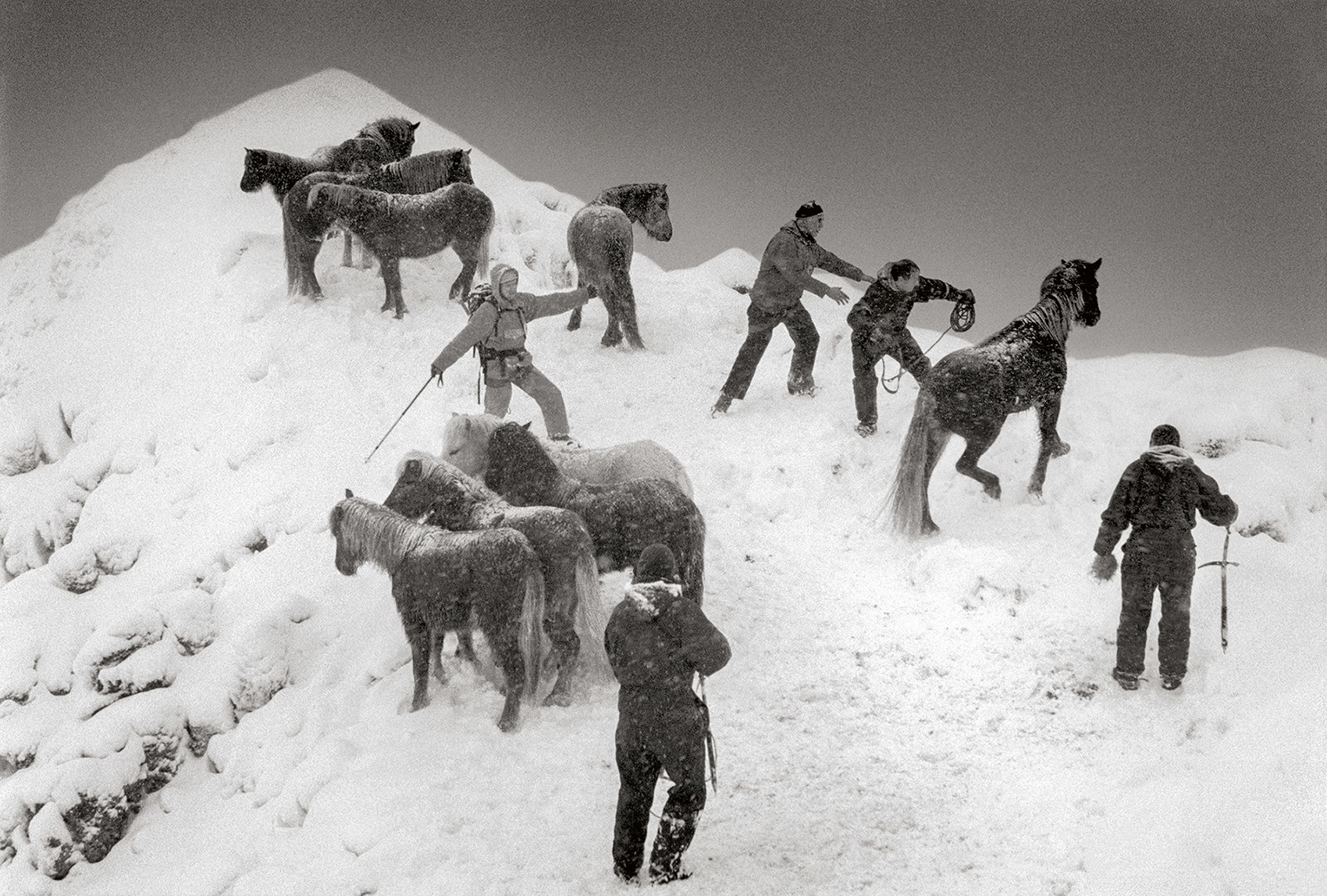
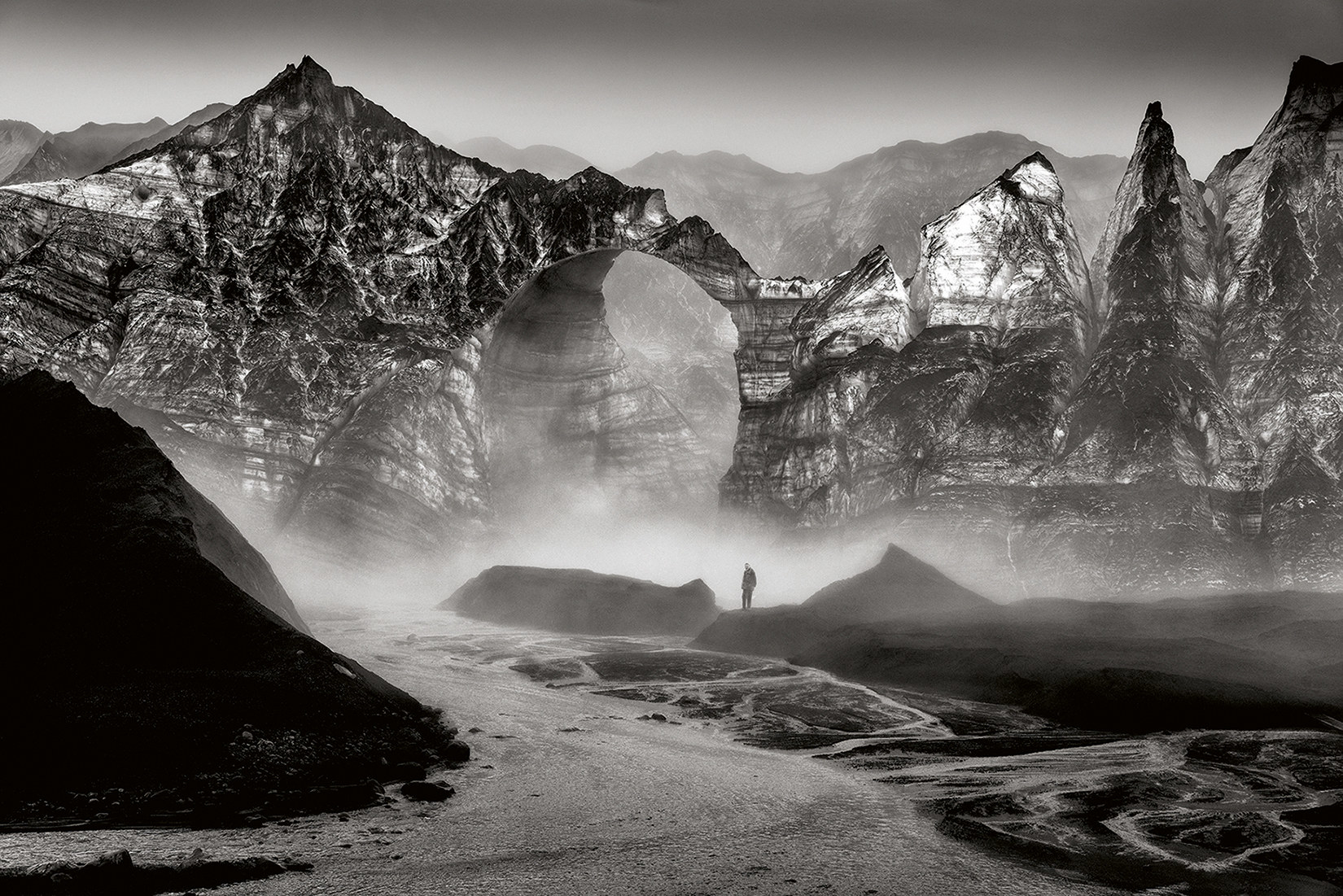
Is it hard to photograph in such extreme conditions?
It can be very hard to photograph in the cold. It's like photographing with boxing gloves so you can't find the shutter. In 2019, I was out photographing on the sea ice; we were heading home in a storm. It was around -48 degrees. I took my gloves out for 10 minutes because the camera didn't work, and it was a moment that I really liked, when the sun was going down. So I took my hands out, in stupidity, and my fingers froze — they were all white and then they were all black. My thumb is still hurting two years later. I got the photo, but when it's so cold, you have to be careful about everything because a mistake like that can ruin your trip.
I really like photographing in the bad weather because that makes the most rewarding photographs. It's easy to photograph the sun. A lot of people are photographing an iceberg, floating around. It's easy, but it's beautiful.
What's the next chapter of this project?
I've been photographing the Nordic countries — Norway, Finland, Sweden — and Canada. I have to go to Alaska. I have been in Siberia in the summer. I have to go to Siberia now in the wintertime. I'm planning a trip now; I'll have to drive 4,000 kilometers in Siberia. I'm really excited about that because it's really a tough trip. It's very cold, and that's a far way to drive, too.
Does it feel very much like you're creating a time capsule, that this is going to disappear?
In a way, yeah. I'm kind of freezing moments in someone's life and freezing historical moments that in the future will be something that will not be repeated. It will be over. It will be gone. I think it's very important. Photographs have changed the world before. It has done so before, and I believe can still do so.
